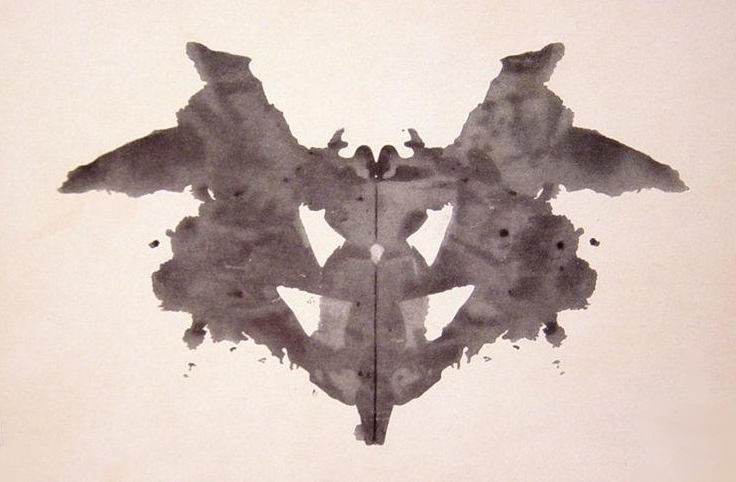Dalia Savy
Haseung Jun
Mary Valdez
John Mohl
AP Psychology 🧠
334 resourcesSee Units
A psychologist’s methods of measuring people’s personalities differ depending on the theory they believe the most strongly in 💭
Direct Observation
This is the classic sit-on-a-park-bench-and-watch-people-interact type assessment. It's basically people-watching. Behaviorists prefer this assessment technique. Behavioral assessments then record the frequency of a specific behavior during an observation. This is usually criticized of being highly subjective, but it does lend a good hand in making inferences about behavior. However, during lab studies, this method can prove to be not so great because of the Hawthorn effect. The Hawthorn effect states that when people know they are being watched, they tend to change their behavior to what they think the observer is expecting. So when using this assessment technique, it's important to use controls.
Projective Tests
Projective tests include asking people to interpret vague, ambiguous stimuli that have more than one meaning. Test-takers reveal inner thoughts that wouldn't have been revealed simply through their interpretation of the stimuli. There are two different types that you should be familiar with:
- Rorschach inkblot test is where a psychologist shows people a series of inkblots and asks them to describe what they see. It is the most commonly used projective test, and they aren't really reliable.

Image Courtesy of Wikipedia.
- The thematic apperception test (TAT) consists of a number of cards that each contain a picture of a person or people in a situation. These are also open to more than one interpretation and participants are asked to tell a story of what is happening in the picture, what led up to it, what people are feeling, etc. to reveal their inner thoughts.
Personality Inventories
Self-report inventories, or personality inventories, are questionnaires that ask people to provide information about themselves. There are so many different traits that could be gathered from these questionnaires, and psychologists created different versions of them.
One main personality inventory test you should know is the minnesota multiphasic personality inventory(MMPI). It is the most widely used self-report instrument that has lie detector questions built into the inventory to prevent deception and social desirability. It is used in just about any realm of personality and our everyday lives that you could think of.
Overview of Research Methods
| Research Method | Description | Perspectives that use this method | Benefits | Weaknesses |
| Case study | In-depth study of one individual. | Psychoanalytic, humanistic | Less expensive than other methods. | May not generalize to the larger population. |
| Survey | Systematic questioning of a random sample of the population. | Trait, social-cognitive, positive psychology | Results tend to be reliable and can be generalized to the larger population. | May be expensive; correlational findings. |
| Projective tests | Ambiguous stimuli designed to trigger projection of inner dynamics. | Psychodynamic | Designed to get beneath the conscious surface of a person's self-understanding; may be a good ice-breaker. | Results have weak validity and reliability. |
| Personality inventories | Objectively scored groups of questions designed to identify personality dispositions | Trait | Generally reliable and empirically validated. | Explore limited number of traits. |
| Observation | Studying how individuals react in different situations. | Social-cognitive | Allows researchers to study the effects of environmental factors on the way an individual's personality is expressed. | Results may not apply to the larger population. |
| Experimentation | Manipulate variables, with random assignment to conditions. | Social-cognitive | Discerns cause and effect. | Some variables cannot feasibly or ethically be manipulated. |
Table Courtesy of Christiana Cobb. All credit to Myers' AP Psychology
Browse Study Guides By Unit
🔎Unit 1 – Scientific Foundations of Psychology
🧠Unit 2 – Biological Basis of Behavior
👀Unit 3 – Sensation & Perception
📚Unit 4 – Learning
🤔Unit 5 – Cognitive Psychology
👶🏽Unit 6 – Developmental Psychology
🤪Unit 7 – Motivation, Emotion, & Personality
🛋Unit 8 – Clinical Psychology
👫Unit 9 – Social Psychology
🗓️Previous Exam Prep
📚Study Tools
🤔Exam Skills

Fiveable
Resources
© 2025 Fiveable Inc. All rights reserved.